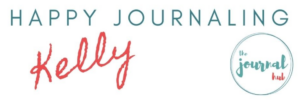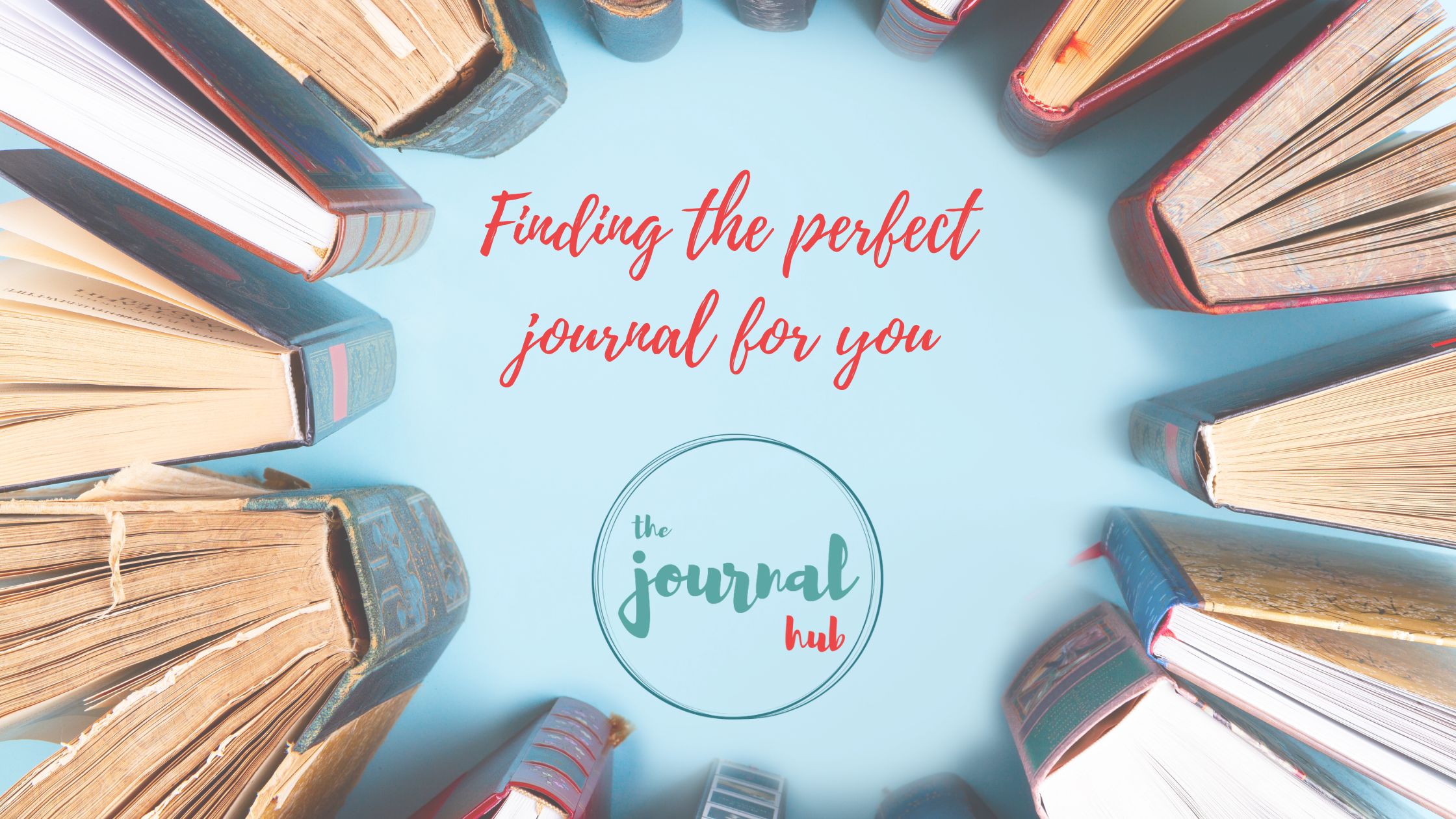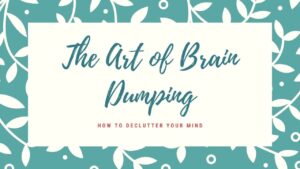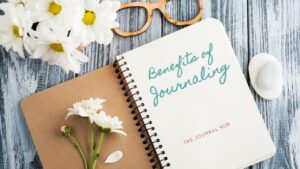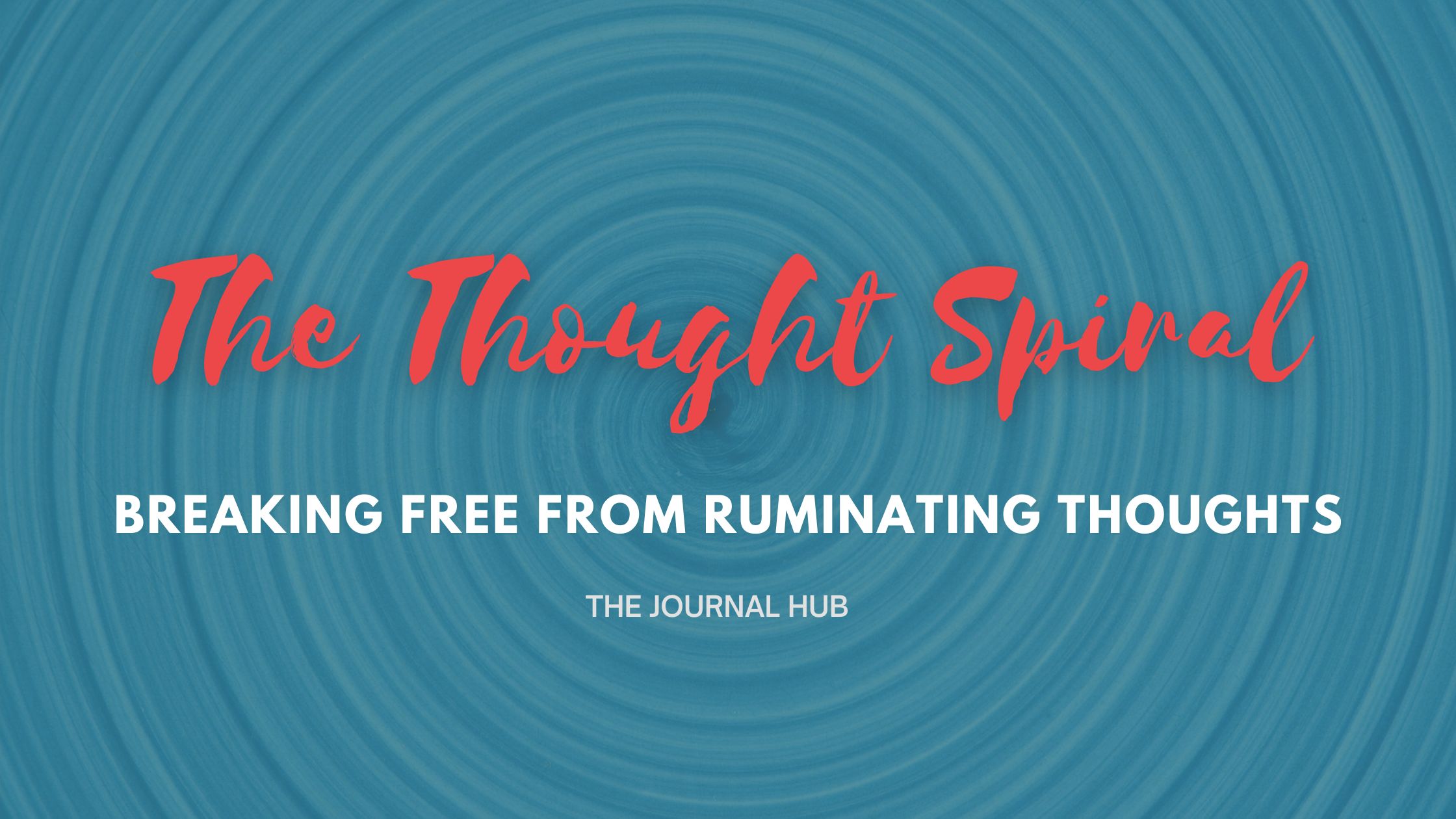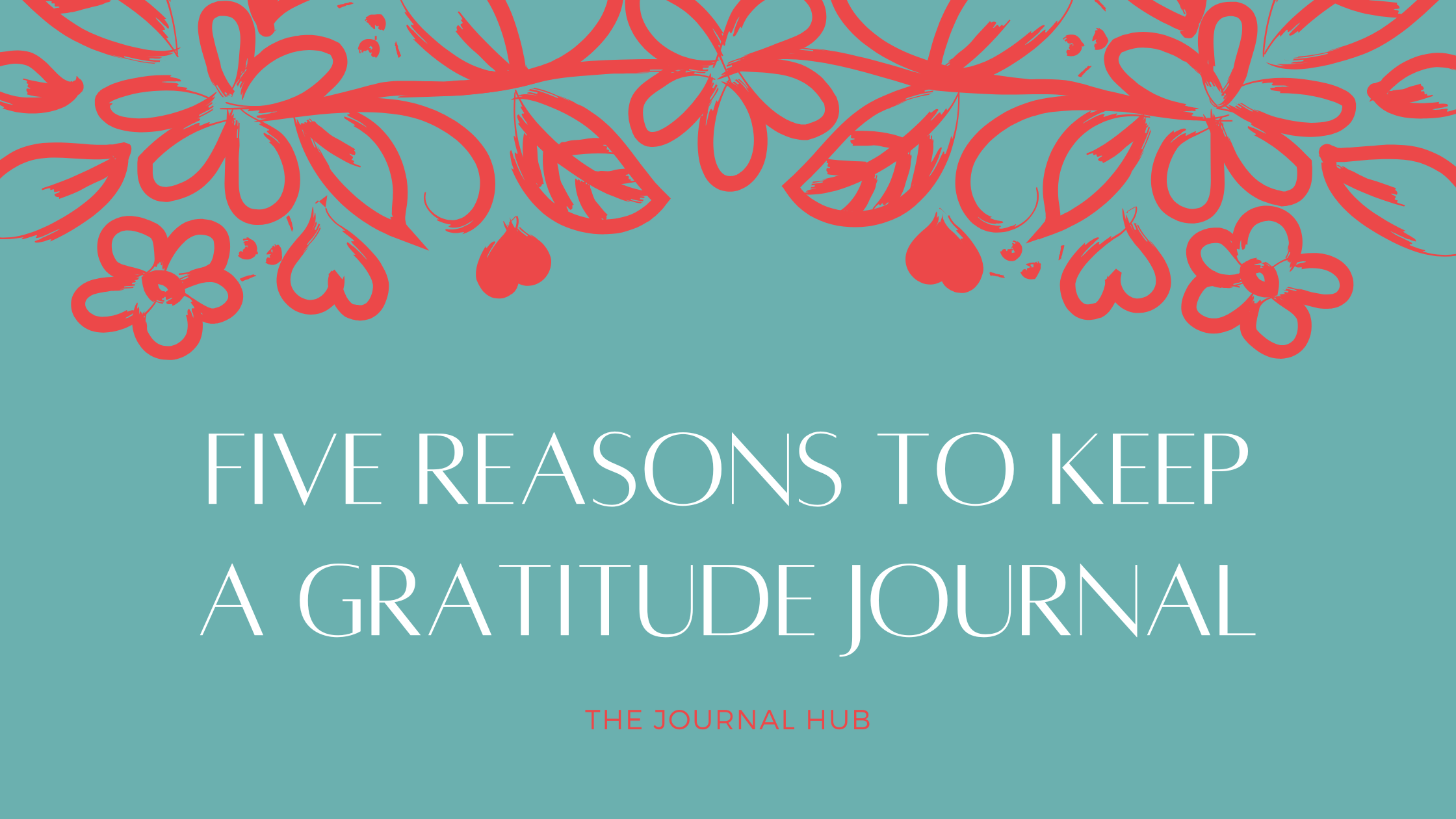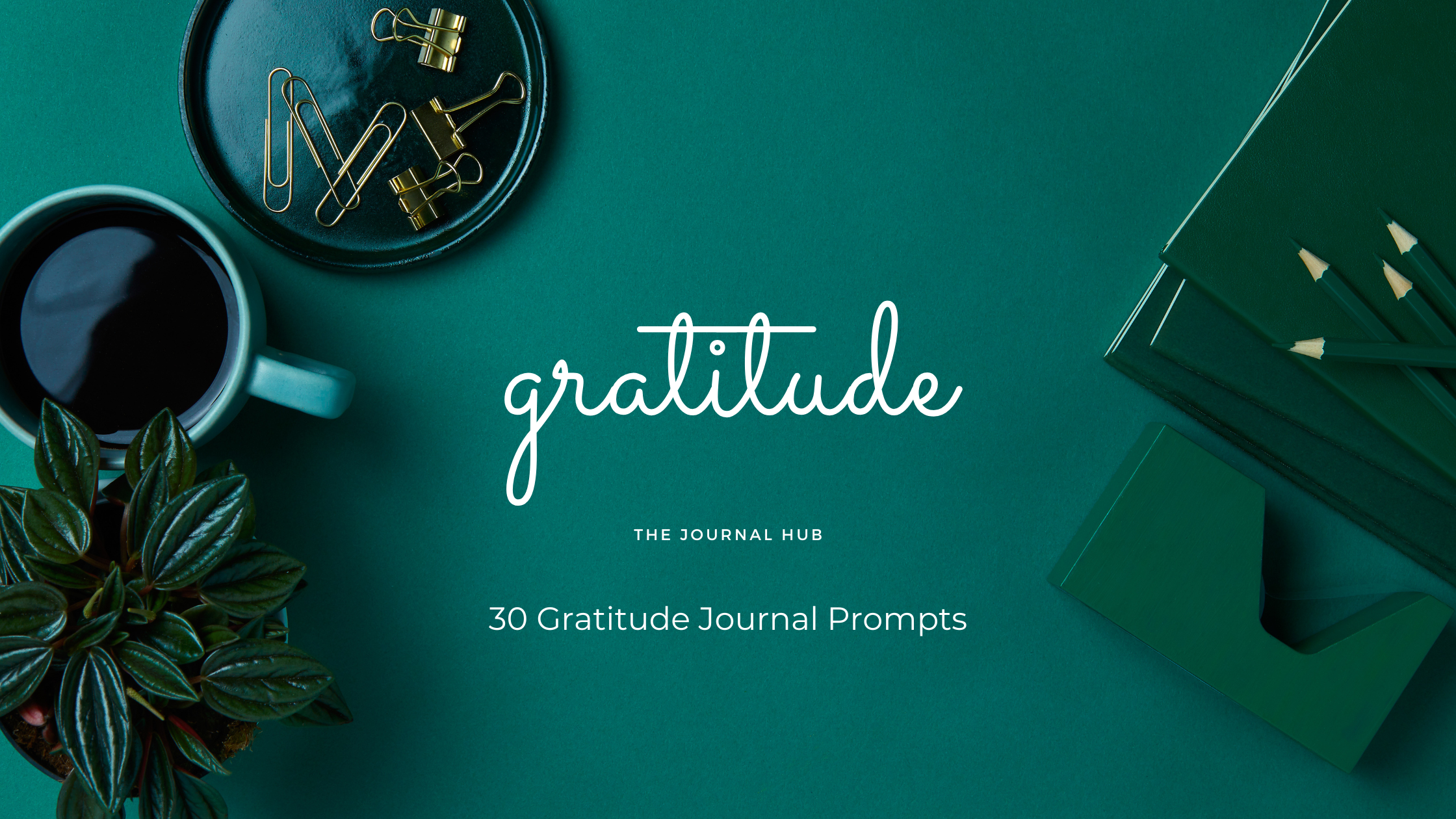A journaling practice offers you a space to express yourself, reflect on your life, allow to be organised and be creative and one of the first steps you need to take is to find yourself a journal. Now it can be any old notebook, but having a beautiful journal to write in just makes the whole experience that much better. There are so many choices out there, picking the right one for you can be a little overwhelming, so below are some key things to consider before you make a purchase.
Purpose of your journal
How you intend to use your journal will determine the type of journal you need:
- Gratitude journaling: Look for a compact notebook with pre-written prompts or enough space for daily reflection.
- Creative expression: A sketchbook or blank notebook may be a good option.
- Organisational planning: You might like a diary with a prepopulated format or a bullet journal with numbered pages and an index.
- Self-reflection: A beautiful lined notebook with ample writing space for deep, thoughtful entries.
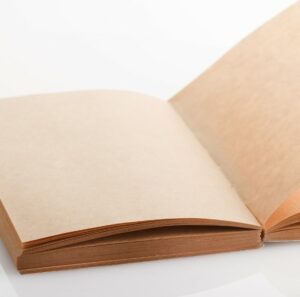
Paper quality
The type of paper can significantly affect your journaling experience. There are three key considerations when selecting your paper.
Consider these three elements:
- Paper thickness: The thicker the paper (160 GSM) the less likely ink will bleed through. This is especially important if you are using fountain pens, markers or watercolour.
- Texture: Smooth paper works best for writing, while slightly textured paper is ideal for sketching or mixed-media art.
- Colour: White paper offers a clean look, while cream-coloured pages are softer on the eyes and lend to a vintage feel. Black or brown (kraft) paper can provide a different look, but be aware that you will need to match it with the right pens.
Binding style
The binding style of journal impacts its durability, flexibility and usability:
- Hardcover: Durable and sturdy, perfect for journaling on the go and preserving memories.
- Softcover: Lightweight and flexible.
- Spiral-bound: Lies flat for easy writing and you can bend the cover back so you are only working on a single page. The spiral can be bulky and less durable.
- Thread-sewn or lay-flat binding: This allows the journal to lay completely flat, which makes it easier to work over both pages. This is something to look for if you want to do some art journaling.
Page layout
A lot of journals give you an option when it comes to page layout, what you pick is up to you and the type of journaling you are doing:
- Lined page: These are great for long-form writing, reflective journaling and note taking.
- Dot grid pages: Perfect for bullet journaling, sketches and creative layouts.
- Blank pages: Ideal for artists or those who prefer the freedom to write, draw or design without constraint.
- Pre-designed pages: Some journals come with prompts, trackers or templates to guide you. If you find one that works for you that fantastic.
Durability and longevity
If you’re planning to keep your journals as keepsakes, invest in one made with quality materials. Consider features like:
- Sturdy covers (leather or faux leather for a premium feel, cardboard for a lightweight option).
- Elastic bands or magnetic closures to protect the pages.
- Bookmark ribbons or pen holders for added convenience.
Aesthetic appeal
Choose a journal that reflects your personality and inspires you to write. Look for:
- Beautiful cover designs (minimalist, vibrant patterns, or themed styles).
- Customization options, such as monogramming or personal engraving.
- Inspirational quotes or affirmations printed on the cover.
TIP: If you can’t find one you like, why not create your own!
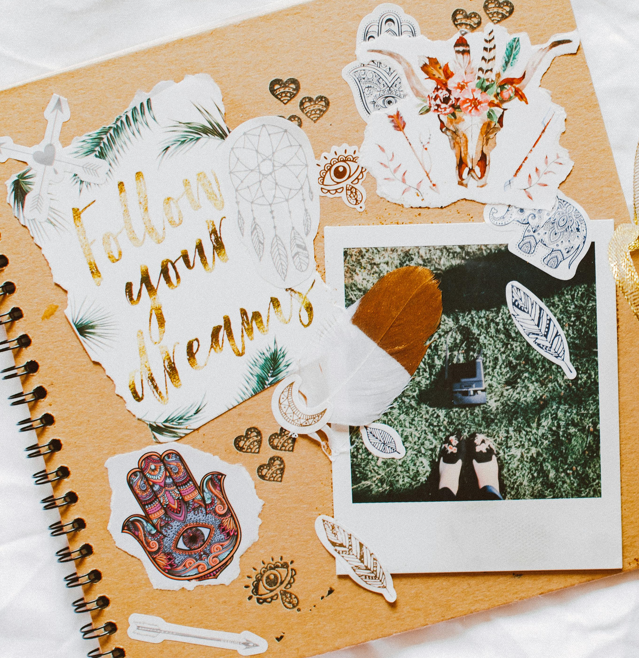
Budget
Journals come in a wide range of prices. While it’s tempting to splurge on a fancy notebook, remember that what matters most is how well it serves your needs. Affordable options can be just as effective as premium ones, especially for beginners. If you are looking for a cheap art journal maybe find a book in a second hand store, grab a jar of gesso and create your own unique art journal.
Eco-friendliness
If sustainability is important to you, look for journals made from recycled materials, FSC-certified paper, or brands that prioritise environmentally friendly practices.
Experiment and evolve
Your journaling needs may change over time. Don’t be afraid to experiment with different formats and styles to find what works best for you. Sometimes, the process of trial and error can help you discover your ideal journaling tool. I have a number of different journals that serve different purposes.
Final thoughts
Choosing the right journal is a deeply personal decision. By considering factors like purpose, paper quality, layout, size, and aesthetic, you can find a journal that not only meets your needs but also motivates you to write regularly. Remember, the best journal is the one that feels right for you and supports your unique journey—whether it’s for organizing your life, expressing your creativity, or reflecting on your thoughts.
Don’t be daunted by your new journal. Sometimes you get a beautiful new journal that is just so gorgeous you worry about writing in it and ruining it. As beautiful as a bright new shiny journal is, it is only made more beautiful by the words, pictures and thoughts you put in it.
